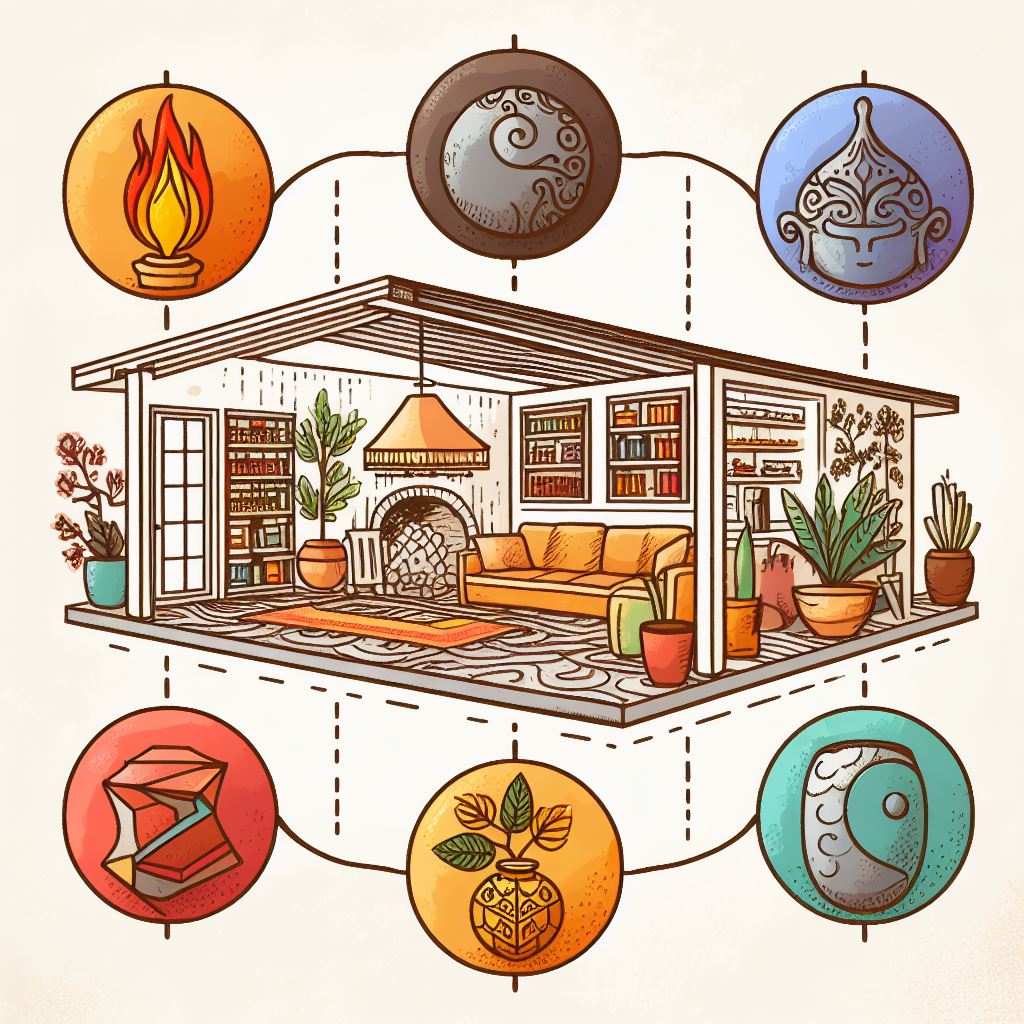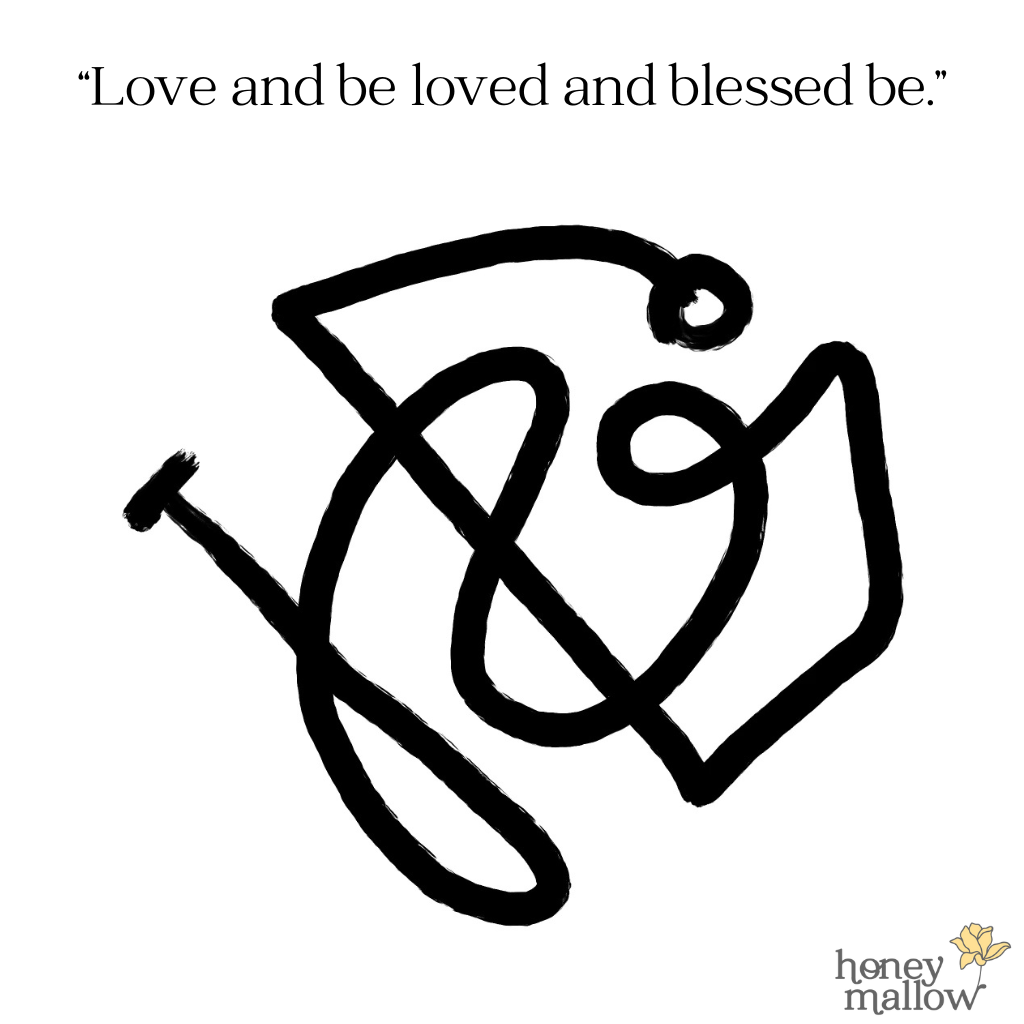Ever found yourself in a heated argument, cheeks burning, words flying, and then, out of nowhere, you’re crying? It’s baffling, right? You’re not alone in this. Many of us find ourselves tearing up when we’re just trying to express our anger.
Understanding the Emotional Spectrum
Emotions aren’t always cut and dried, are they? Sometimes, when you feel like you should be just angry, sadness sneaks in, and bam—you’re crying in the middle of a rant. Emotions are complex and often interconnected. Anger and sadness, for example, might seem like opposites but they share a lot of emotional real estate.
When you’re angry, you might actually be feeling a cocktail of emotions including frustration, fear, or helplessness, all of which can quickly turn into tears. Recognizing this spectrum is the first step in understanding why your body reacts the way it does.
The Physiology of Crying
So, what’s actually happening in your body when you cry out of anger? It all boils down to your nervous system. When you get angry, your body’s fight or flight response kicks in. This can lead to an overwhelming rush of emotions, and your body, trying to balance itself, might respond by crying. It’s like your body’s pressure relief valve.
Tears associated with emotions actually contain stress hormones which your body is trying to get rid of. Crying might not be the most convenient response in the heat of the moment, but it’s your body’s attempt to restore emotional equilibrium.
Psychological Triggers of Crying When Angry
Feeling Overwhelmed
When you’re angry and you start to cry, it could be because you’re feeling overwhelmed. This overwhelm can come from a sense of injustice, frustration, or even fear of the repercussions of your anger. It’s like when I’m arguing about who forgot to take out the trash again, and suddenly I’m not just mad about the trash—it feels like every forgotten chore is piling up on me.
Powerlessness
Another trigger for tears is feeling powerless. When you’re in a situation where you feel like your back is up against the wall, your emotional response might be to cry. It’s not just about the immediate argument—it’s about feeling like you don’t have control over the situation. I remember feeling this way when I was in a negotiation that wasn’t going my way. No matter what I said, I couldn’t steer the conversation, and the tears started to well up, much to my frustration.
Gender and Cultural Perspectives on Crying and Anger
It’s fascinating to see how differently crying when angry is perceived across various cultures and even between genders. Historically, men and women have been socialized to handle emotions differently. Women might be more likely to express their anger through tears because they’ve been conditioned that it’s a more acceptable emotional expression than outward aggression.
Men, on the other hand, might suppress their tears, viewing them as a sign of weakness due to societal expectations. These norms greatly influence how comfortable we feel expressing our emotions in various settings.
Culturally, the response to crying out of anger also varies. In some cultures, showing emotions openly is encouraged and seen as a sign of honesty and depth, whereas in others, it might be viewed as a lack of self-control. This cultural backdrop plays a crucial role in shaping how we express anger and handle tears.
The Role of Environment and Upbringing
Your reaction to anger isn’t just about who you are—it’s also shaped by where you’ve come from. Think about it: if you grew up in a home where your parents were quick to shout but never shed a tear, you might have learned to mimic that behavior. Alternatively, if emotions were openly expressed and discussed, you might be more comfortable letting those tears flow when you’re mad.
The environment extends beyond the home, too. If your workplace or friend circle supports open emotional expression, you might find it easier to cry when you’re angry without feeling embarrassed about it. It all ties back to what you’ve learned is acceptable in your personal and social life.
The Benefits of Crying When Angry
Believe it or not, crying when you’re angry can actually be good for you. Let’s break down why. First, it releases stress hormones, which physically helps to reduce your stress levels. Also, shedding tears can signal to others that you’re reaching a breaking point, which might encourage them to approach you with more empathy and possibly defuse the conflict.
Crying also forces you to take a breath, slow down, and often, this pause helps you collect your thoughts. Have you ever noticed that after a good cry, you might come back to the problem with a clearer mind? That’s your body’s natural way of helping you reset.
Managing Tears and Anger Constructively
So how do you handle these tears without feeling like you’re losing control? First, acknowledging that it’s perfectly okay to cry when angry is a huge step. It doesn’t make you weak; it makes you human.
Strategies for Emotional Regulation
Practicing mindfulness can be a game changer. By becoming more aware of your emotions as they rise, you can manage them more effectively before they bubble over. Techniques like deep breathing, pausing before responding, and even stepping away from a heated situation can help maintain your composure.
Effective Communication
It’s also crucial to communicate your feelings clearly. Instead of letting anger escalate to the point of tears, try expressing that you’re feeling overwhelmed or frustrated early on in the conversation. This not only helps manage your emotions but can also make the interaction more constructive.
Crying when angry is a more layered experience than it might seem. It’s tied to our physiology, our psyche, our upbringing, and even our culture. Next time you find yourself tearing up in anger, remember it’s completely natural.
















